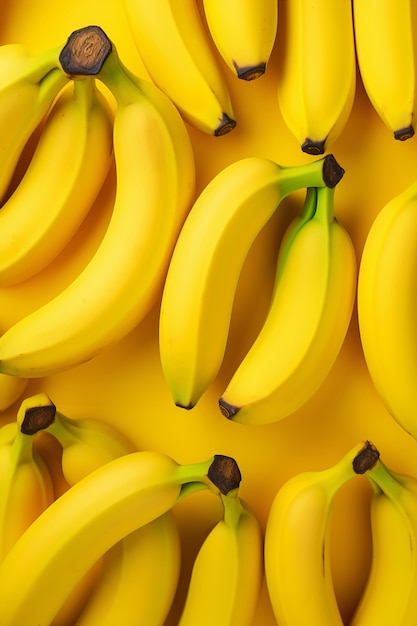Bananas are a common favorite in fruit bowls worldwide. Not only are they delicious, but they’re also packed with essential nutrients. While many of us prefer eating bananas when they’re sweet and yellow, there are some great reasons to enjoy them when they’re still green.
The Nutritional Profile of Green Bananas
Green bananas have a similar nutritional profile to ripe ones, but they differ mainly in carbohydrate content. Green bananas are high in starch, which turns into sugar as they ripen, making ripe bananas taste sweeter.
A medium-sized banana has about 105 calories, 1 gram of protein, 27 grams of carbohydrates, 3 grams of fiber, and almost no fat. Bananas are rich in several vitamins and minerals, especially potassium, with a medium banana providing 422 mg of potassium.
The starchy carbs in green bananas provide sustained energy, making them a fantastic option for athletes. Their potassium content also helps replenish electrolytes lost during exercise, adding to their appeal for physically active individuals.
Green Bananas and Blood Sugar Control
Green bananas are loaded with resistant starch, which decreases as bananas ripen. This resistant starch gives green bananas a lower glycemic index (GI), meaning they cause a slower and more controlled increase in blood sugar compared to ripe bananas.
Lower GI foods like green bananas are great for people managing diabetes, insulin resistance, or metabolic syndrome. Green bananas’ slow digestion helps keep glucose levels steady, making it easier to control blood sugar. The resistant starch also acts as a prebiotic, feeding good gut bacteria that improve metabolic health.
Adding green bananas to your diet can help regulate blood sugar levels. You can eat them boiled or use them in smoothies to keep their low glycemic benefits while enjoying their nutrition.
Promoting Gut Health
Green bananas are a fantastic source of resistant starch, which isn’t digested until it reaches the large intestine. This type of starch acts like a prebiotic fiber, supporting gut health by feeding beneficial bacteria. This helps maintain a healthy gut microbiome and can regulate bowel movements, easing both diarrhea and constipation.
When resistant starch in green bananas is broken down in the large intestine, it produces short-chain fatty acids (SCFAs) like butyrate. Butyrate is crucial for colon health and has anti-inflammatory benefits. Research indicates that SCFAs may help lower the risk of colon cancer. By supporting colon health and fostering a good balance of gut bacteria, eating green bananas regularly might reduce the risk of colon cancer, making them a wise addition to your diet for long-term wellness.
Yellow vs. Green: Which Banana is Better?
Choosing between yellow-ripe or green bananas is mostly a matter of taste. However, the nutritional value of a banana changes as it ripens. As the banana ripens and its starch becomes sugar, it tastes sweeter and is easier to digest, though some nutrients might decrease.
Ripe bananas with dark spots produce Tumor Necrosis Factor (TNF), which can fight abnormal cells, giving them potential anti-cancer benefits. They might also help boost the immune system more effectively.
However, people with gastroduodenal ulcers should be cautious, as bananas might trigger stomach acid. Those with diabetes or obesity should consume bananas slightly unripe due to their lower sugar content.
In summary, bananas offer different benefits depending on their ripeness. While ripe bananas have their perks, green bananas are particularly beneficial for blood sugar control and gut health. So, the next time you’re at the grocery store, consider adding some green bananas to your diet.







